#coral reef animals
Photo


Caribbean Christmas Tree Worm (Spirobranchus giganteus)
Family: Serpulid Worm Family (Serpulidae)
IUCN Conservation Status: Unassessed
Found attached to coral reefs in the Caribbean Sea and Indo-Pacific Ocean regions, the Caribbean Christmas Tree Worm lives in a hard, rocky tube (made up of calcium carbonate particles that it has cemented together using an extremely thick mucus that it secretes from its body), with only a pair of colourful, frilly structures lined with small feeding tentacles that protrude from its head being exposed, resembling a tiny pair of colourful Christmas trees. These frilled structures are primarily used for feeding (with the tentacles that line them capturing plankton and tiny pieces of detritus from the water and passing them down to the worm’s mouth near the opening of the tube), but also allow the worm to breathe (with gasses being exchanged between the water surrounding them and the blood within them across their thin outer surface) and can function similarly to rudimentary eyes, with light-sensitive spots on their tentacles (as well as a second set of eye-like structures just above the mouth) detecting potential predators as they come near the worm. At the first sign of a predator the worm quickly pulls its feeding structures back into its tube and blocks the tube’s opening with the only other exposed part of its body, a spiny lid-like structure called an operculum, which is sufficient to keep out almost all threats and means that this species faces little predation despite being only around 3.8cm (1.5 inches) in length. Caribbean Christmas Tree Worms may live for over 30 years, and will live their entire adult lives without ever leaving their tube - they reproduce by releasing gametes into the water through the opening of their tube, and once these gametes fuse they rapidly develop into larval worms which will live as free-swimming plankton for 9-12 days before burrowing into a coral reef and beginning to construct a tube of their own. The feeding structures of different individuals of this species can vary dramatically in their colouration (with pink-on-white, white-on-blue, black-on-yellow, pure yellow and pure orange all being common), and on reefs where multiple worms have settled in close proximity to one another the multi-coloured “forests” that their feeding structures create can be quite beautiful.
--------------------------------------------------------------------------
Animal Advent Calendar - Merry Christmas!
Image Source: https://www.inaturalist.org/taxa/49517-Spirobranchus-giganteus
More information on this species, and a look at what its body looks like inside the tube: https://www.howitworksdaily.com/meet-the-christmas-tree-worm/
#Merry Christmas!#Caribbean Christmas Tree Worm#Christmas Tree Worm#worm#worms#zoology#biology#Annelidology#marine biology#wildlife#marine wildlife#coral reef animals#marine animals#animal#animals#Christmas 2022
441 notes
·
View notes
Photo
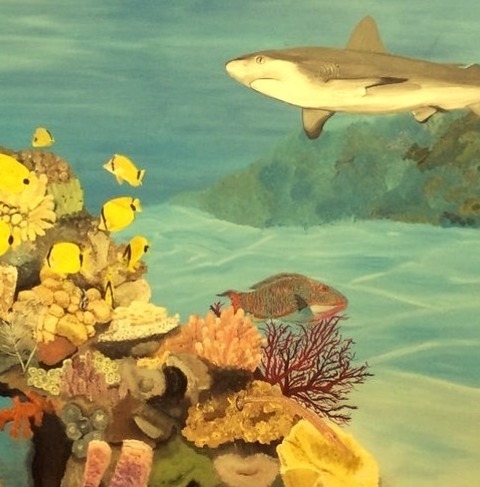
Bedroom - Loft-Style
Example of a large loft-style bedroom design with multicolored walls
1 note
·
View note
Text
Loft-Style - Bedroom
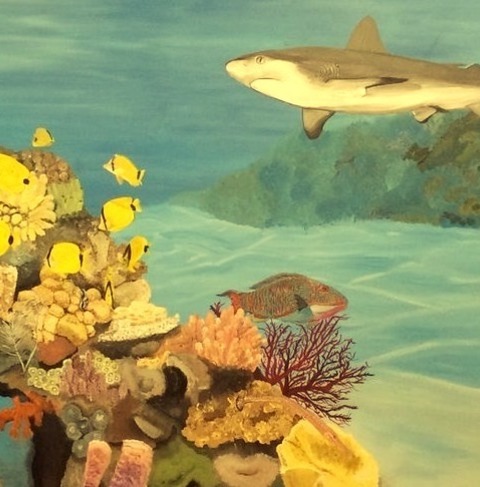
An illustration of a sizable loft-style bedroom with patterned walls
0 notes
Text
Bedroom - Loft-Style
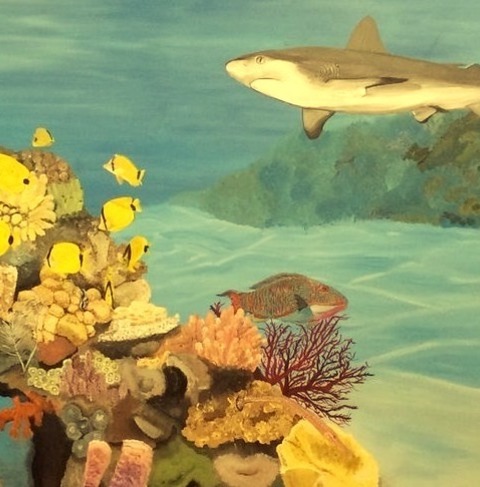
Example of a large loft-style bedroom design with multicolored walls
0 notes
Text
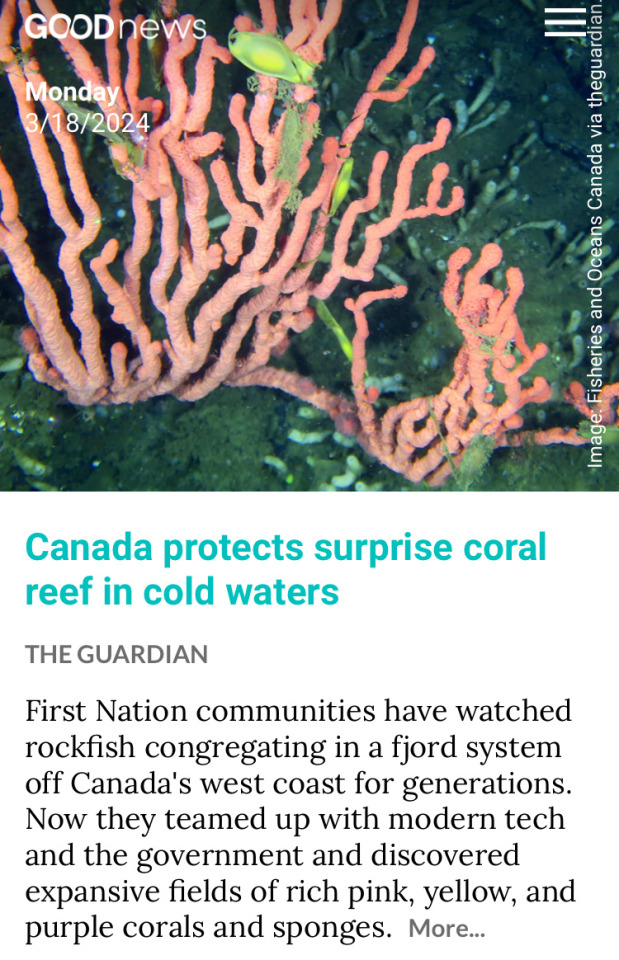
#good news#environmentalism#science#first nations#canada#coral reef#coral reefs#environment#nature#animals#conservation
2K notes
·
View notes
Text
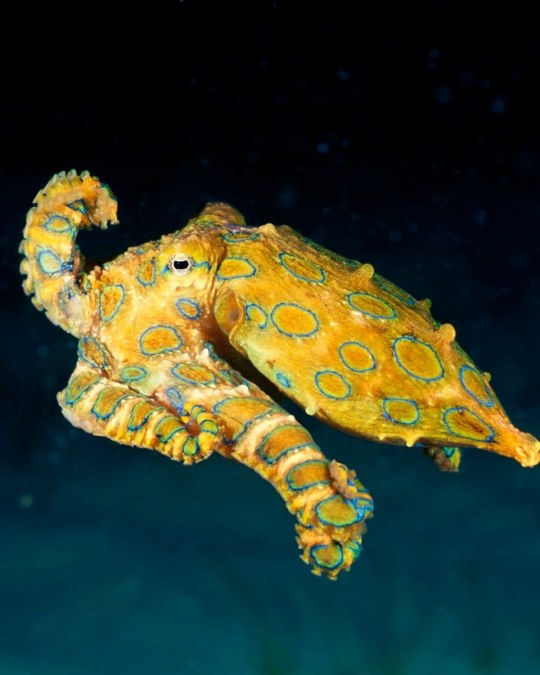
Did you know? Blue-ringed octopuses (members of the genus Hapalochlaena) are among the world’s deadliest cephalopods. Found in coral reefs in the Indian and Pacific oceans, these critters typically measure less than 8 in (20.3 cm) long. But, they pack a venomous bite that is potent enough to instantly paralyze, and even kill, a human being.
Photo: Angell Williams, CC BY 2.0, flickr
#science#nature#natural history#animals#fact of the day#did you know#octopus#blue ringed octopus#ocean life#marine biology#coral reef#cephalopods
743 notes
·
View notes
Text
spinner sharks!
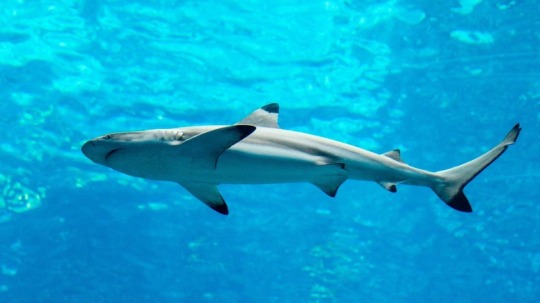
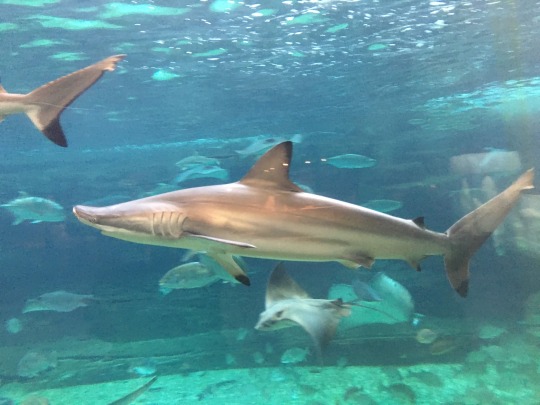

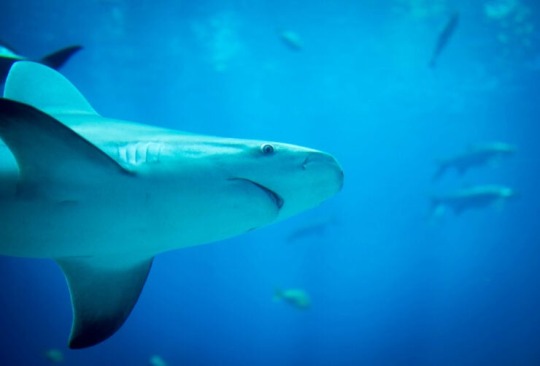
spinner sharks are sharks which live in many subtropical waters, such as the mediterranean and the gulf of mexico!
these sharks get their name from the way they spin out of the water to catch prey
they prefer shallower offshore waters no more than 350 feet deep!
spinner sharks grow from 6–10 feet in length
they grow roughly 2 inches a year until maturity, for 10-20 years!
spinner sharks can leap up to 20 feet in the air :]
#marine biology#sea life#ocean#marine life#sea creatures#animals#shark#sharks#spinner shark#factfile#reef#coral reef
2K notes
·
View notes
Text

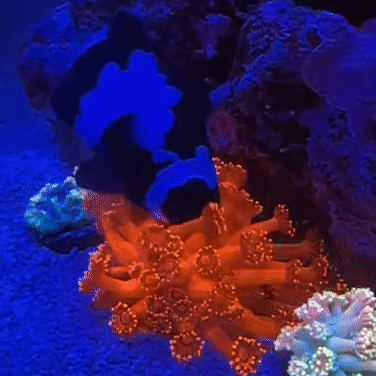







🌈🪸 ~ Ode to Goniopora Coral ~ 🪸🌈
❤️..🧡..💛||💚..💚..🩵||💙..💜..🩷
#stimboard#rainbow#neon#blacklight#black light#coral#coral reef#fish#oceancore#goniopora#rainbow stimboard#rainbow stim#neon stim#neoncore#stim#ocean#ocean stim#rainbowcore#coral reefs#marine animals#marine life#sea creatures#seacore#teal stim#coral stim#ocean coral#coral sea#corals#cool stuff#aliencore
634 notes
·
View notes
Text
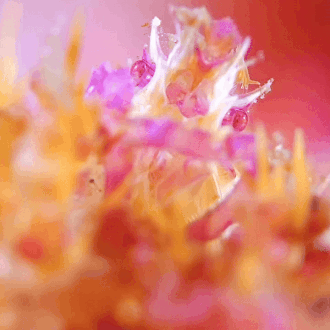

the candy crab (hoplophrys oatesi) | jacobguy.media on ig
#stim#crabs#crustaceans#sea creatures#sfw#pink#orange#magenta#white#candy crab#decapods#arthropods#hoplophrys oatesi#animals#underwater#coral reefs#ishy gifs#postish
316 notes
·
View notes
Text
Wet Beast Wednesday: parrotfish
Which fish hangs out on a mermaid pirate's shoulder and repeats what she says in a high-pitched voice? The parrotfish, of course. Or at least in fiction they should (certainly will in my D&D world). But even in real life, parrotfish are still pretty interesting.

(Image: a common parrotfish (Scarus psittacus) seen from the side in front of rocks and corals. It is a brightly-colored fish, mainly light blue but with patches and stripes of yellow and pink on the fins. Its mouth is open, revealing what appears to be a beak. End ID)
Parrotfish are fish famous for their mouths and eating habits. There are about 90 species known. While they were historically considered their own taxonomic family, they have since been reclassified a subset of the wrasse family and there is still some debate on how to classify them. Most species are on the smaller size, but a few can get very large. The largest species is the green humphead parrotfish (Bolbometopon muricatum) at 1.5 meters (4.9 ft) and 75 kg (165 lbs) while the smallest species is the bluelip parrotfish (Cryptotomus roseus) reaching 13 cm (5 in). I could not find an average weight for the bluelips. What makes parrotfish really stand out visually is their colors and their mouths. Most species are very brightly colored, with distinct markings and males are usually more brightly colored than females. Their mouths are dominated by what appear to be beaks, which gave them their common name. These beaks are actually made of approximately 1,000 teeth arranged in 15 rows. As the teeth wear out, they drop off and are replaced by the row behind them. The teeth are made of fluorapatite, the second hardest biomineral int the world. To support their hardness, the fluorapatite crystals that make up the teeth are woven together in a structure very similar to chainmail, resulting in very hard teeth that measure in at a 5 on the Mohs scale of hardness. For reference, iron is a 4 and higher numbers are harder. The teeth can also handle 530 tons of pressure. You could put the weight of 200 black rhinos on a tooth and it would be fine. The beaks are powerful enough to bite through rock. Which is what they use it for, but more on that below. Another unusual feature of parrotfish is how they sleep. Some species make their own sleeping bags, which would be adorable if they weren't made of mucus. The mucus is produced using glands in the gills and looks like a transparent bubble. The fish sleeps in the mucus cocoon and when it wakes up, it eats the cocoon. There have been several proposed benefits of the cocoon. It contains chemicals that harm skin parasites while also providing a barrier that keeps new parasites from reaching the fish. It also likely blocks the fish's scent, helping it hide from predators.
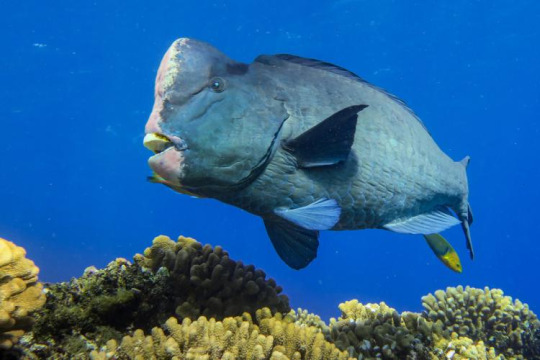
(Image: a green humphead parrotfish (Bolbometopon muricatum) swimming over yellow coral. It is large and mostly a uniform green color, except for the front of its head, which is pink. It has a large, fleshy lump on the top of its head. End ID)
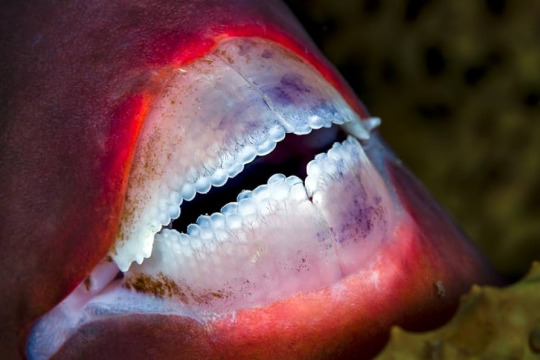
(Image: a close-up of a parrotfish's beak. The top and bottom beaks are divided into two halves, left and right. The beak is bade of small, circular teeth that overlap each other. End ID)
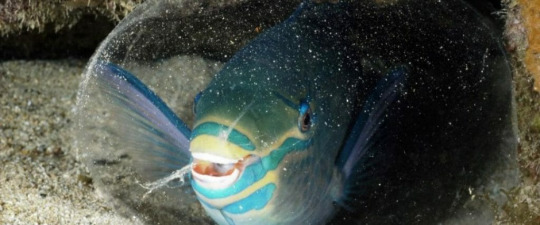
(Image: another common parrotfish seen from the front. It is inside of a mucus cocoon, which appears as a transparent bubble around the fish. Bits of sand dot the cocoon's surface. End ID)
Parrotfish live worldwide, though the majority of species are found in the Indo-Pacific. They live in warm, shallow waters with lots of rocky reefs, especially coral reefs. They use those powerful teeth to eat and what they eat most is algae. There are three main types of feeding behavior: excavating, scraping, and browsing. Excavators bite into rocks to get their food, scrapers crape food off of the surface of the rocks, and browsers go after larger food sources like seagrass and sponges. Some of the larger parrotfish species also make coral a large part of their diet. When they eat, they naturally get rock in their mouths, moreso in excavators. Because their food clings to the rock, spitting the rocks out would deny them food. Instead, parrotfish use pharyngeal teeth set in their throats to grind the rock into sand, which then passes through the digestive tract. When it exists the digestive tract, it is in the form of fine grains of rock. Or to put it another way, parrotfish eat rock and poop sand. A single parrotfish can produce up to 40 kg (88lbs) of sand yearly, and bigger species can produce even more than that. The process of rock being broken down by living things is called bioerosion and parrotfish are one of the most famous sources of bioerosion. The sand they produce can serve as the basis for new growth of coral or other species and helps reinforce nearby islands. In places like Hawai'i, the Caribbean, and the Maldives, it's estimated that up to 80% of the famous white sand is produced by parrotfish and they serve as a major source of incoming earth to support the islands. This makes parrotfish ecosystem engineers. Their eating of algae is also majorly important to their ecosystems. Algae can overgrow and smother delicate ecosystems like coral reefs and seagrass beds and decaying algae draws oxygen out of the water. Parrotfish help the health of their environments by keeping the algae population at healthy levels. Parrotfish also eat seaweeds and sponges that grow much faster than coral and can smother coral reefs. Parrotfish are considered keystone species in many reefs, including the great barrier reef and their population dropping correlates with reduced health of reefs. Damaged reefs tent to have larger parrotfish populations and those populations drop as the reef recovers.

(Image: a group of many parrotfish feeding on coral. They are all the same species and are mostly blue, with yellow heads and stripes on the face. They appear to be biting the the coral. End ID)
Parrotfish are protogynous sequential hermaprodites. This means that all parrotfish are born female and can become male later in life. The transition is usually triggered when there are too many females or not enough males in a location, though in some species any fish that reaches a certain size will become male. Some parrotfish are solitary while others are social. In social species, the social groups consist of a large male and a harem of females that he protects and claims mating rights with. Other males will attempt to fight the male for dominance via headbutting and threat displays and occasionally one of his harem members will become male to challenge him. Males are usually more colorful than females, which they use to woo females, but also puts them at greater risk of predation. If the harem leader dies and is not replaces, one member of the harem will transition to male and replace him. Many species perform courtship dances during nights of the full moon. In non-social species, males will perform displays and fight with each other to attract females. In social species, the dominant male will mate with his harem while smaller males without harems will try to sneakily woo claimed females or sneak in and mate without being noticed. Parrotfish are broadcast spawners. The female releases her eggs into the water and the males releases sperm to fertilize them. The eggs will drift on the current until settling, after which the larvae will hatch. As with most fish species, only a very few of the larvae will reach adulthood.

(Image: a Mediterranean parrotfish (Sparisoma cretense). It is mostly bright red, but with a yellow patch above the tail and a yellow stripe around the eye that runs down to the belly. A large patch behind the eye is blue. End ID)
Thankfully, most parrotfish species are not particularly endangered. The largest threat to them comes from habitat loss as pollution and climate change harms coral reefs. Reintroducing parrotfish to damaged reefs helps them recover. All species are edible, though there is no commercial fishery for them. While parrotfish are capable of delivering powerful bites, there are few reports of humans getting bit. That being said, I found one case where someone had skin on his penis bitten off by a parrotfish. And yes, that link has pictures. Enjoy.

(Image: a blue parrotfish (Scarus coeruleus) looking at the camera. It is a blue fish with darker patches around the eye. Its snout is bulbous and the beak points downward. End ID).
#wet beast wednesday#parrotfish#the smiling grinner#fish#fishblr#fishposting#marine biology#biology#zoology#ecology#animal facts#coral reef#penile trauma#that's a wild tag to have on a post about fish#informative#image described
370 notes
·
View notes
Text

Peacock-tail anemone shrimp (Periclimenes brevicarpalis) living commensally with the Branching Sea Anemone (Actinodendron glomeratum)
Photo by Constantinos Petrinos
#Periclimenes brevicarpalis#periclimenes#Actinodendron glomeratum#Actinodendron#peacock-tail anemone shrimp#shrimp#anemone shrimp#branching sea anemone#sea anemone#anemone#marine#marine life#sea#ocean#coral reef#reef#purple#purple anemone#nature#animals
909 notes
·
View notes
Text



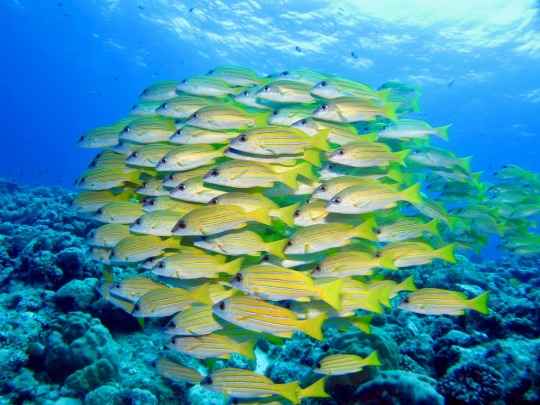
Hiroko Yoshii
#ocean#sea#beautiful#underwater#animal#saltwater#photography#water#fish#dive#reef#coral#anemone#clownfish#sea life#sea creatures#marine animal#marine life#marine biology
488 notes
·
View notes
Text


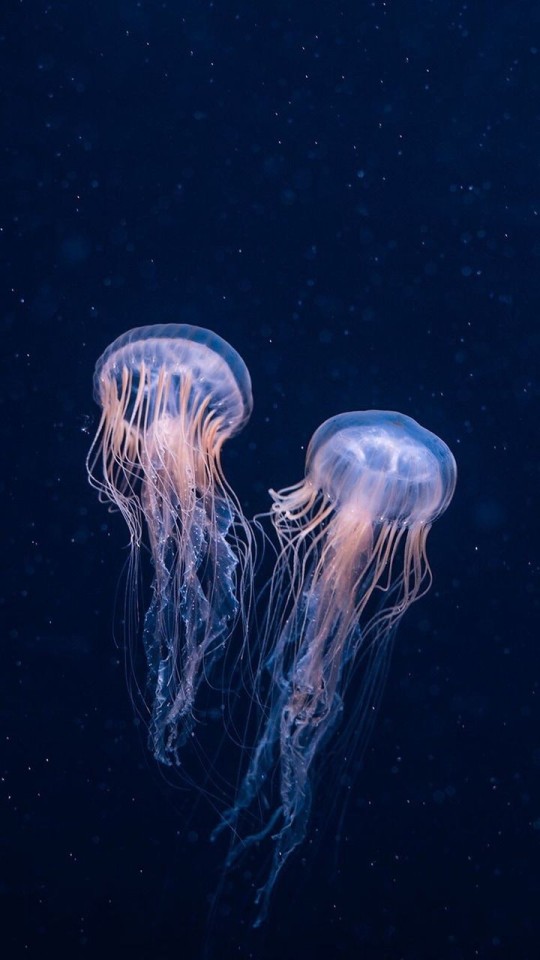
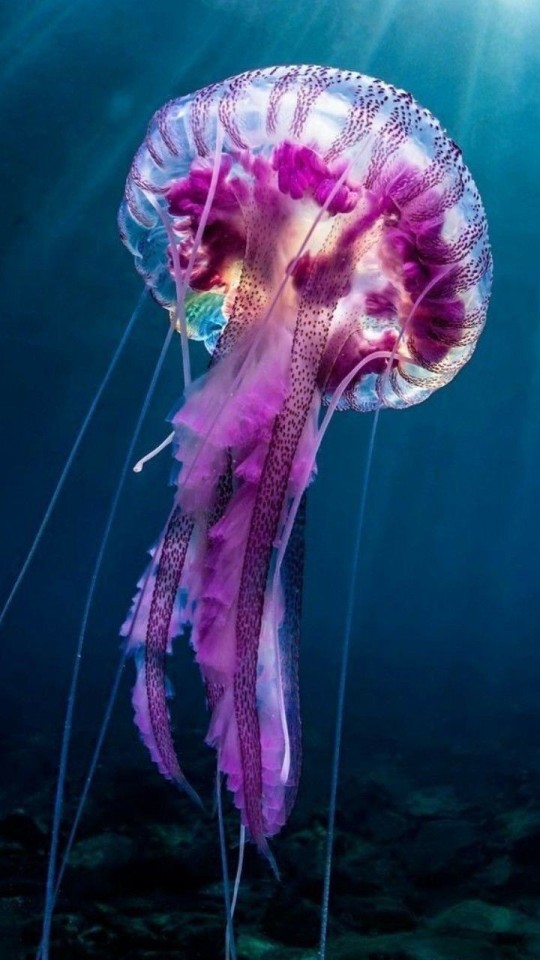
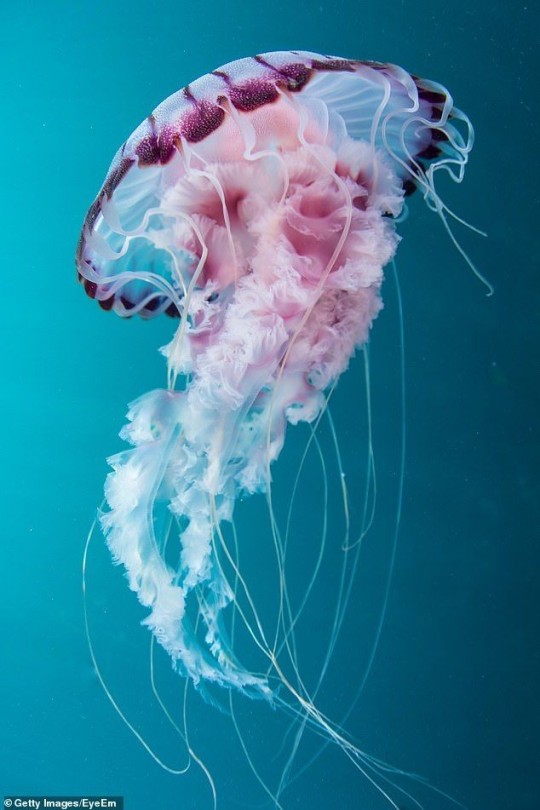

💕 Just a little Jellyfish appreciation post 💕
#ocean#ocean aesthetic#sea#seascape#seacore#river#oceania#oceancore#jellyfish#fish#deep sea#animals#sea creatures#seashells#pirate#lovely#coral reef#waves#water#the look ethereal#sea witch#water element#streams of water#deep ocean#seashore#seaside#mermaid#siren#mermaidcore#beachvibes
1K notes
·
View notes
Text

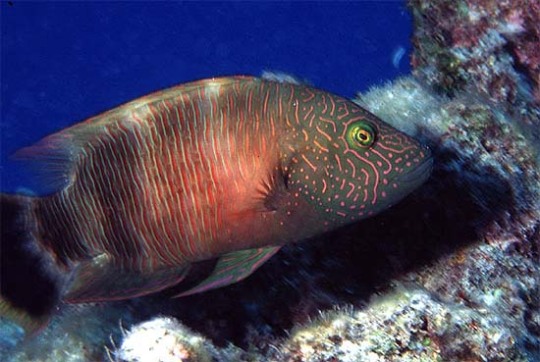
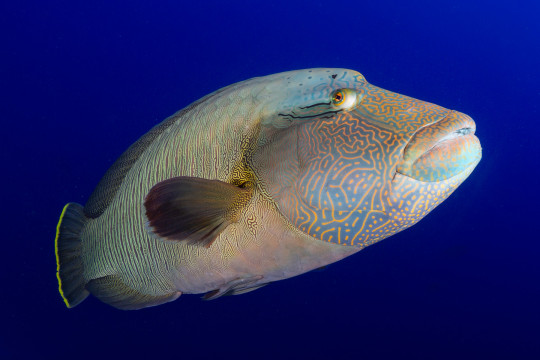
Let's Hear it for the Humphead Wrasse
The humphead wrasse, Cheilinus undulatus, is also known as the Māori wrasse, Napoleon wrasse, or the blue- tooth grouper. They can usually be found around coral reefs and steep rocky cliffs in the Indo-Pacific, particularly on the east coast of Africa, the west coast of India, and the tropical waters of southeast Asia and the Great Barrier Reef.
The Māori wrasse gets its name from the distinctive markings that adults carry. Males are blue-green or purple, while females are more often red or orange. Both have unique patterns of lines and dots covering their heads, and stripes running down the rest of their body; early researchers compared the patterns on their heads to the tattoos traditionally used by the Māori people. In addition to its striking coloration, C. undulatus is also known for being the largest member of the wrasse family. Males can reach up to 2 m (6.5 ft) long and weigh up to 180 kg (396 lbs), while females tend to be smaller. Males also have a large 'hump' on their foreheads, hence the name humphead wrasse.
Another feature of note in C. undulatus is the set of large teeth fused into a parrot-like beak. They use this beak to predate upon hard-shelled animals like mollusks, urchins, sea stars, and crustaceans. On occasion, they also feed on smaller fish and moray eels. Due to their size, adults have very few natural predators aside from sharks, but larvae and small juveniles are more often opportunistically hunted by other fish.
Like many coral reef fish, the humphead wrasse is a protogynous hermaphrodite. This means that most individuals begin life as a female, and become male later in life-- known as 'super males', they are larger than males who did not transition. Individuals first become sexually mature at 5-7 years old, and females begin transitioning to male at 9-12 years old. Spawning occurs a few times a year, and during this period over a hundred adults can congregate in an area. The female releases about 20 eggs into the water column, where they are fertilized by her chosen partner. Three to four weeks later, the eggs hatch and the larvae migrate to the nearby reef.
Conservation status: C. undulatus is considered Endangered by the IUCN. Populations have declined due to overfishing and by-catch mortalities, loss of their food sources, habitat destruction, and capture of juveniles for the aquarium trade.
If you send me proof that you’ve made a donation to UNRWA or another organization benefiting Palestinians– including esim donations– I’ll make art of any animal of your choosing.
Photos
Andrew J. Green
Lluís Masuet
George Ryschkewitsch
#humphead wrasse#Labriformes#Labridae#wrasses#ray-finned fish#bony fish#fish#marine fauna#marine fish#coral reefs#coral reef fish#indian ocean#Pacific Ocean#indo-pacific#animal facts#biology#zoology#ecology
102 notes
·
View notes
Text
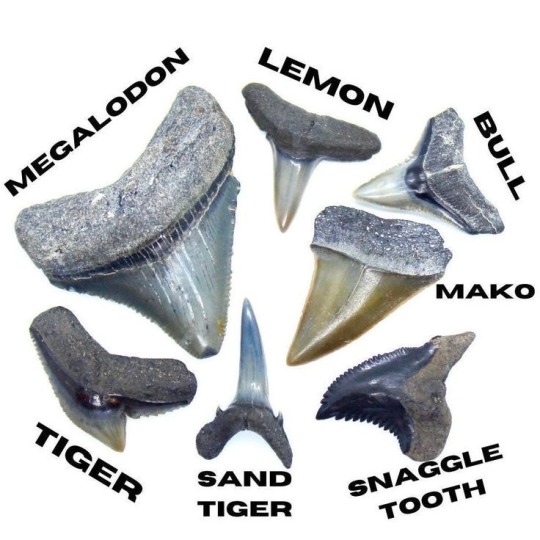
Megladon <3
222 notes
·
View notes
Text
more aj background appreciation i wish i could live here dont get me started on the dens they were the coolest fucking thing ever




2K notes
·
View notes